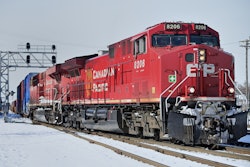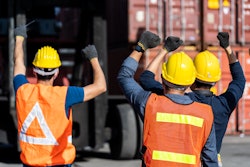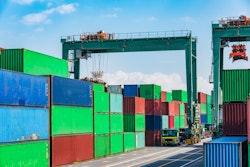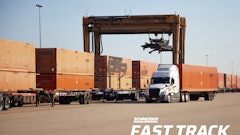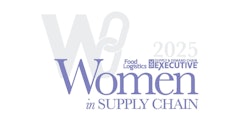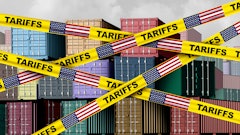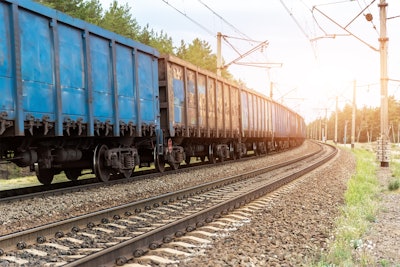
Last week, Marina Mayer, Food Logistics and Supply & Demand Chain Executive's editor-in-chief, reported on the Canadian rail strike. If you somehow missed it: On Aug. 22, two of Canada’s major freight railroads shut down operations and locked out 9,000 members of the Teamsters union.
Supply chain professionals scrambled to mitigate the risks and loss associated with the shutdown. Tom Madrecki, VP of campaigns and special projects at the Consumer Brands Association, responded in the midst of the strike:
“The consumer-packaged goods industry, America’s largest domestic manufacturing sector, relies on the timely, uninterrupted flow of supply chains to ensure product availability and deliver products in the U.S. and Canada. Disruptions across one transportation mode, no matter how pronounced, quickly lead to compounding disruptions that can contribute to higher prices, supply scarcity and wasted agricultural product. It is imperative that both the Canadian and U.S. government take immediate action and help both parties come to an agreement in order to prevent these impactful consequences for North America's supply chain."
In a turn, less than 24 hours later Canadian National (CN) and Canadian Pacific Kansas City Southern (CPKC) reached an agreement with the Teamsters labor union and restarted railway operations— only after the Canadian Minister of Labour announced plans to exercise his authority.
As disruptions come and go, it's easy to brush off this incident as a short misstep but the effects are there. Frank Kenney, director of industry solutions at Cleo, explains that for years, businesses across North America have depended heavily on Canada's extensive rail network to transport essential goods over long distances. "As we've seen from past disruptions, this kind of dependence can leave supply chains dangerously exposed, particularly in a country like Canada where population and resource hubs are few and far between," says Kenney.
Reliability is hard in an unstable environment. With geopolitical and social issues popping up across the globe, the basic infrastructure of established supply chains continues to be challenged.
"Here's the real takeaway: disruption is the new normal. If companies haven't already embraced agility and visibility in their supply chain operations, they're playing a dangerous game. It's not just about being able to see and respond to issues in real-time; it's about fundamentally rethinking how supply chains are designed and operated," explains Kenney. "Diversifying transportation modes, decentralizing inventory and investing in stronger supplier relationships are no longer optional—they're essential for survival in this unpredictable landscape."
Immediate action in the face of unexpected disruption is a necessity; but what's more is the need for strategic planning and preparation for the real-life scenarios that continue to muddle logistics, which I predict are far from slowing down anytime soon.





